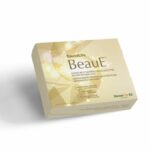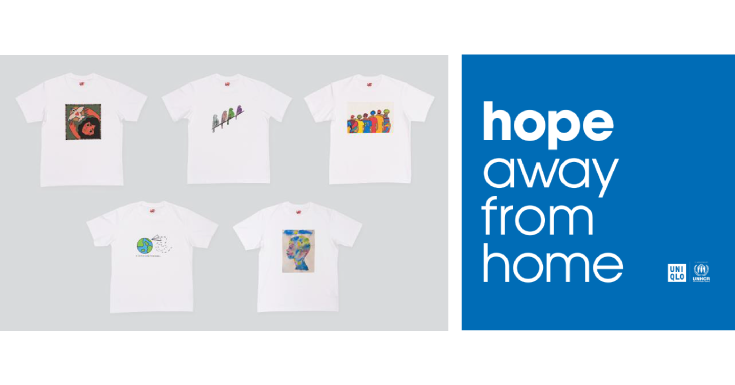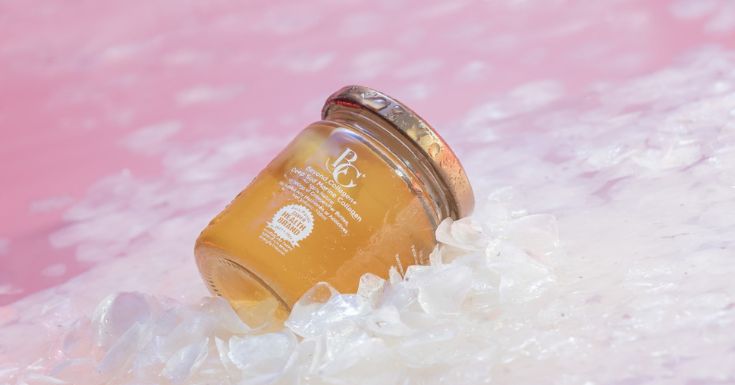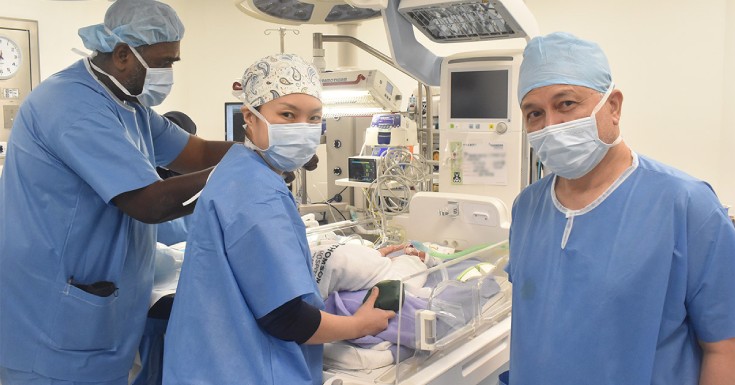Post Natal Breast Care For Nursing Mums
After the birth of your child, your breasts will go through some changes even as you are breastfeeding. While it’s quite natural to develop breast and nipple problems while you nurse, it will be good to know the difference between what’s normal and what’s not. Breast care is important during this period so that your baby and you can enjoy the benefits of breastfeeding without any kind of discomfort
Table of Contents
Nipple soreness
Your nipples may start to feel sore when you begin to breastfeed your baby. This is especially so if your baby does not latch on to your breast correctly. Correct positioning will help greatly and may decrease or stop any feelings of discomfort in your nipples. It may also be helpful to place warm, wet compresses on your nipples to help decrease pain.
Plugged milk ducts
If not addressed promptly, plugged milk ducts may lead to painful breast lumps. Plugged ducts are commonly caused by not emptying the breasts completely during feedings. Gentle massages may unplug a blocked duct. Pump out any milk left in your breasts after your baby is done breastfeeding. Avoid wearing tight tops and tight under-wire bras, because they may put pressure on your breasts and further aggravate the condition.
Engorgement
Breast engorgement usually occurs as milk comes in soon after birth. Engorged breasts may become swollen and painful. Your breasts may also become engorged if you miss a feeding or if you do not breastfeed on demand.
The best way to decrease engorgement is by feeding your baby often. Engorgement however can make it hard for your baby to latch on to your breast. If this happens, express a small amount of milk and then have your baby latch on. Cold compresses, gel packs, or ice packs on your breasts can help decrease pain and swelling.
Mastitis
This is a breast infection that can develop if you have plugged milk ducts or engorgement. Mastitis causes your breasts to become red, swollen, and painful. You may also exhibit flu-like symptoms, such as chills and a fever.
Place heat on your breasts to help decrease the pain. You may also try placing a moist, warm cloth on the painful breast or both of your breasts. Ask your doctor about feeding your baby when you have a breast infection and for a recommendation of meds for the pain.
Latch your baby on correctly
To latch your baby correctly to your breast, make sure that his mouth covers most of your areola and not only the nipple. Your baby is latched on well if you feel comfortable and do not feel pain.
A correct latch will help your baby get enough milk and can help to prevent sore nipples and other breast problems. There are several breastfeeding positions that you can try. Find the position that works best for you and your baby.
Breastfeed often
Feed your baby as often as you can, even if it means having to wake up the little bundle to do so. Your baby should breastfeed from both breasts equally. If your baby only feeds from one breast during a feeding, offer your other breast first for the next feeding.
Seek expert advice
Talk to your doctor or caregiver if you have breast problems. You can also consider attending breastfeeding classes or join a breastfeeding support group. For more advanced help, see a lactation consultant. This is a caregiver who can help you address any difficulty in breastfeeding.
Prevent biting
Your baby’s teeth will begin to pop out at about 3 to 4 months of age. To help prevent biting, break the suction once baby is finished breastfeeding or if baby has fallen asleep. To break the suction, slip a finger into the side of the mouth.





















Leave a comment